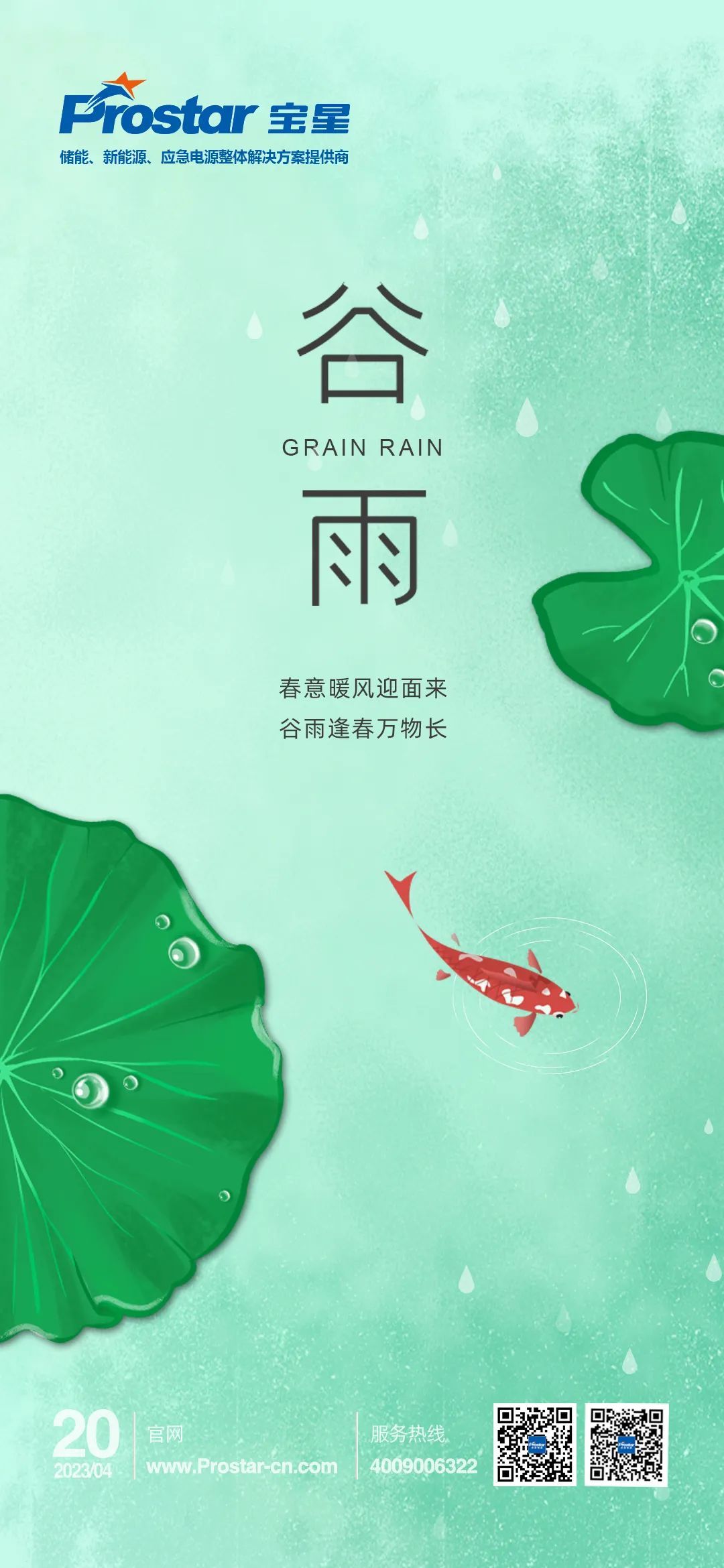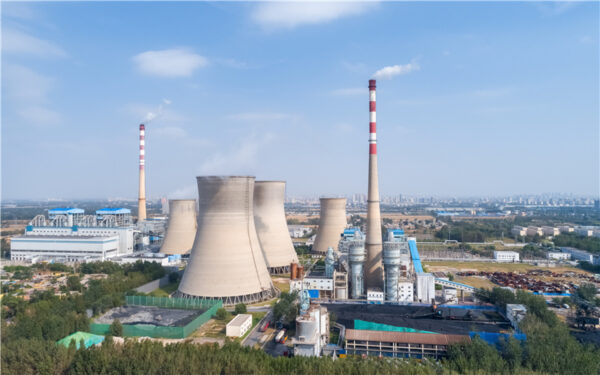Grain Rain, known as “Guyu” in Chinese, is the sixth and final solar term in the traditional East Asian lunisolar calendar. It typically occurs around April 19th to 21st each year. Grain Rain marks an important transition from spring to summer, representing a critical period for agricultural activities related to sowing and cultivating grain crops.
The name “Grain Rain” originates from the observation that rainfall during this time is beneficial for the growth and maturity of grain crops. The increased precipitation provides nourishment to the soil, aiding in the germination and development of seeds. It is a crucial period for farmers to plant various grains, such as rice, wheat, and corn, ensuring a bountiful harvest in the future.
Apart from its agricultural significance, Grain Rain also brings changes in climate and natural scenery. The temperature rises, and the weather becomes more humid, contributing to the growth of plants and the blossoming of flowers. It is a vibrant and dynamic time when nature displays its beauty and vitality.
In terms of daily life, people may adjust their diet and lifestyle during Grain Rain. It is believed that consuming certain foods, such as young bamboo shoots and herbal teas, can help balance the body’s energy and adapt to the changing weather. Additionally, traditional customs and cultural activities related to rain and agriculture may be observed during this period, highlighting the connection between humans and the natural world.
Grain Rain serves as a reminder of the close relationship between agriculture and the environment. It emphasizes the importance of timely farming practices and the need to work in harmony with nature for successful cultivation. It also represents a time of hope and anticipation for a fruitful harvest, as farmers eagerly sow their crops and nurture them throughout the growing season.
Overall, Grain Rain is a significant solar term that marks the final stage of spring and the beginning of summer. It symbolizes the critical period for agricultural activities and serves as a reminder of the interconnectedness between humans and the natural world.











I’m extremely inspired along with your writing talents as smartly as with the structure to your weblog. Is this a paid subject or did you modify it your self? Either way keep up the nice high quality writing, it’s rare to see a great blog like this one nowadays!